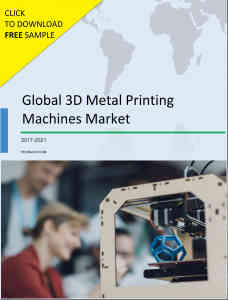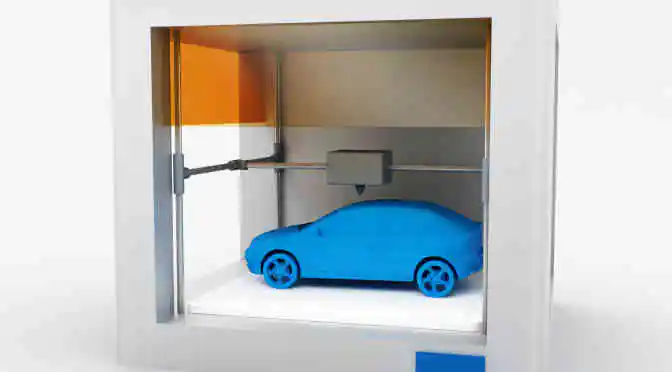Since the time 3D metal printing has hit the market, stakeholders and industry experts have discussed, debated, and researched copiously about this dynamic procedure. The latter is a technological breakthrough with immense potential, not only in the automotive industry, but in the field of life sciences as well. And, even though the chances of metal 3D printers replacing the traditional printing machinery is almost negligible (at this juncture), the fact that it makes the designing process a lot quicker and accurate, is why industry analysts are highly optimistic about this technology as a viable option for the future.
How has 3D metal printing taken the metal manufacturing industry by storm?
While speed is a major attribute being highlighted as part of any discussion on 3d metal printing, it is the single step manufacturing process which has hugely impressed stakeholders. Rather than charting numerous steps to produce individual metal parts, single step manufacturing is successfully accomplished with the latest 3D metal printing machines. The final result– better quality and reliable manufacturability of designs, even the intricate and complex ones.
 Apart from designing freedom, metal 3D printers also allow customization of designs. This attribute is especially seen as a major plus in the medical and dental industry where 3D metal prints enable the manufacturing of customized dental aids, implants, and prosthetics. It also allows the manufacturing of highly tailored sporting gears to customized fashion accessories. Also, in a world where the focus is on bringing down the dependencies on various kinds of raw materials, the metal 3D printer has emerged as the poster child for sustainable manufacturing.
Apart from designing freedom, metal 3D printers also allow customization of designs. This attribute is especially seen as a major plus in the medical and dental industry where 3D metal prints enable the manufacturing of customized dental aids, implants, and prosthetics. It also allows the manufacturing of highly tailored sporting gears to customized fashion accessories. Also, in a world where the focus is on bringing down the dependencies on various kinds of raw materials, the metal 3D printer has emerged as the poster child for sustainable manufacturing.
3D metal printer is giving MIM a new lease of life
Metal Injection Molding (MIM), until now, though a promising area in the manufacturing sector, lacked the much needed ‘push’ to evolve into a full-fledged manufacturing process. But, as 3d metal printers gain popularity, major names in the industry (HP, for one), have come up with ways in which MIM can be improvised so that it becomes much easier to execute designs using 3D printing machines. This synergy between MIM and 3D metal printing becomes even more important in bringing down the cost of medical surgeries, and the manufacture of automotive parts.



